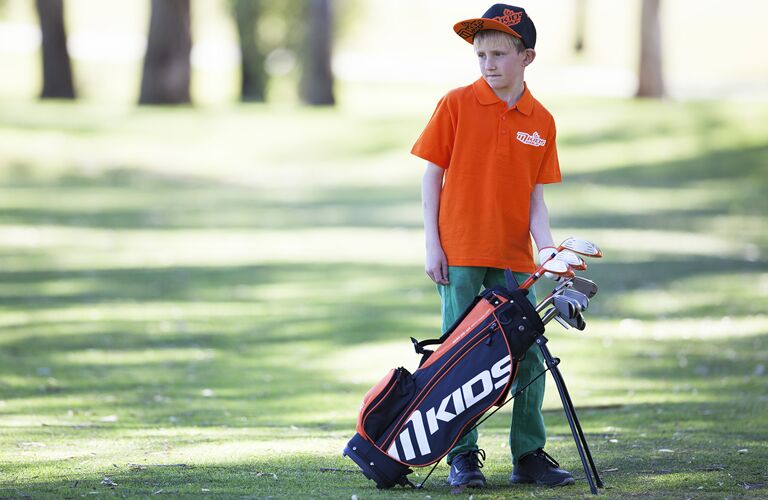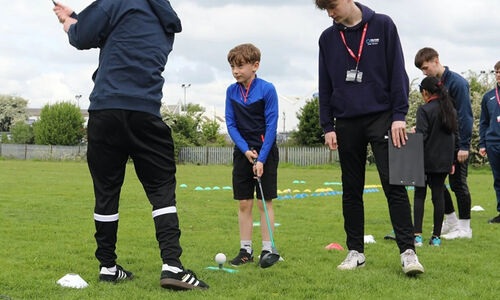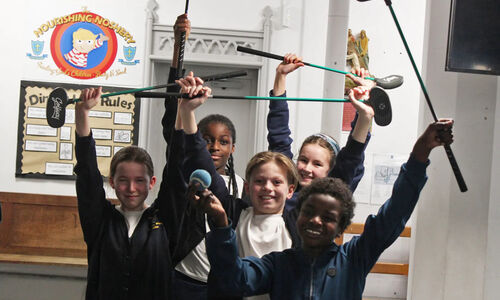
Published on 5th Jan 2024
Embarking on the journey of golf means becoming familiar with a range of clubs designed for specific situations on the course. Whether you're a beginner or looking to refine your skills, understanding the purpose and use of each type of golf club is essential. In this guide, we'll solve the mysteries of the golf bag, explaining the unique roles played by drivers, irons, wedges, woods, and putters.
- Driver - Getting distance: The driver, also known as the 1-wood, is the club designed for launching the ball off the tee with maximum distance. Distinguishable by its large head and long shaft, the driver is engineered to propel the ball straight down the fairway. Perfect your stance, focus on a clean swing, and let the driver do the rest for those powerful, long shots off the tee.
- Irons - Precision in every stroke: Irons are versatile clubs used for various distances and scenarios on the golf course. Numbered from 3 to 9, each iron has a different loft, with lower numbers having less loft and covering longer distances. Lower-numbered irons (3-5) are great for longer fairway shots, while higher-numbered irons (7-9) are perfect for approaches to the green. Mid-range irons, like the 6 and 7, offer a balance of distance and loft.
- Wedges - Getting up close: Wedges are designed for short-distance shots, particularly around the green. Junior golfers will typically need a pitching wedge (PW) and sand wedge (SW), however, other wedges are available such as a gap wedge (GW) and lob wedge (LW). Pitching wedges are excellent for approach shots, while sand wedges help escape bunkers. The lob wedge is perfect for high, soft shots over obstacles. Understanding when to use each wedge enhances your short game.
- Fairway woods - Finding the fairway: Fairway woods are designed for long shots from the fairway. With a shallower profile than the driver, fairway woods provide a balance of distance and accuracy. They are particularly useful when you need more control than a driver but still want to cover significant yardage. Our selection of fairway woods have been designed specifically for junior golfers, with a shorter club length and with more loft in the clubhead, making it easier to swing and hit during practice and on the golf course.
- Hybrids - Bridging the gap: Hybrids, also known as rescue clubs, combine elements of irons and fairway woods. They are designed to provide an easier launch and greater forgiveness, making them an excellent choice for difficult lies or long shots from the rough. Hybrids are versatile and can replace harder-to-hit long irons.
- Putter - Precision on the green: The putter is arguably the most critical club in your bag. Used exclusively on the green, the putter is designed for precision and control. Different putters have various designs, such as blade or mallet, and selecting the right one depends on personal preference. Mastering the art of putting is essential for a low golf score.
Each type of golf club in your bag serves a specific purpose, making golf a game of strategy and precision. Understanding when to use the driver for power, irons for distance and accuracy, wedges for finesse, fairway woods for long shots, hybrids for versatility, and putters for precision on the green will enhance your overall performance on the course. Take the time to practice with each club, and soon you'll find yourself confidently selecting the right tool for every shot.






